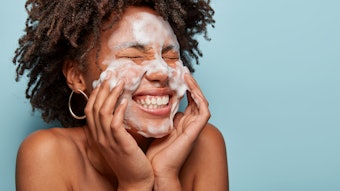
Author’s note: In a time of product and company transparency, the industry has found itself amidst controversy over the lack of sustainability in sourcing certain ingredients—leaving the company to “pass the buck,” so to speak, from the CEO to the formulator. In this reoccurring column, the author outlines important questions formulators should ask in terms of background information for the ingredients they are sourcing. A few botanical examples also are outlined that may or may not land a company in hot water in the future.
Read the full feature in the July/August 2022 digital edition here. . .
A hand-carved wooden plaque on President Harry Truman's desk read, "the buck stops here." While Truman did not coin the expression, it was probably derived from the older expression "passing the buck," which of course means avoiding taking blame or responsibility and passing it along to someone else.
Much has been written about where the buck should stop in an organization and the overall consensus is: that it’s passed to the CEO. As many readers in the industry know, however, if there is a problem with a product, the buck often stops and starts with the formulator.
This column is not about how to avoid product development mistakes—if you don't already know, you are in the wrong job. This is about ingredient choices that are not necessarily mistakes but may result in unforeseen problems related to the clean, ethical and responsible beauty movements. By now, most formulators know what to look for when making claims pertaining to clean beauty, natural, nature-derived, organic, non-polluting, environmentally safe, etc.
However, the terms responsible and ethical beauty have broadened the scope and they challenge the formulator in terms of choosing ingredients and suppliers to meet these claims. This is partly because these terms have no agreed-upon definitions. Before these movements, it used to be that formulators considered mainly the function, cost, availability, quality and safety of ingredients in their choices; now, the decision is far more complex.
This article will raise more questions than answers but these are the questions formulators should be asking (if they aren’t already) if they want to join the ethical and responsible beauty movement. This will be especially important when the next ''poster ingredient" comes along. By "poster ingredient,” I mean an ingredient that suddenly gets bad press related to an ethical or responsible beauty issue; basically, an ingredient the formulator may have avoided had they asked more questions while choosing suppliers and ingredients. This is particularly true as more and more ingredients that are natural or naturally derived are entering the cosmetic market.
. . .Read more in the July/August 2022 digital edition here. . .











